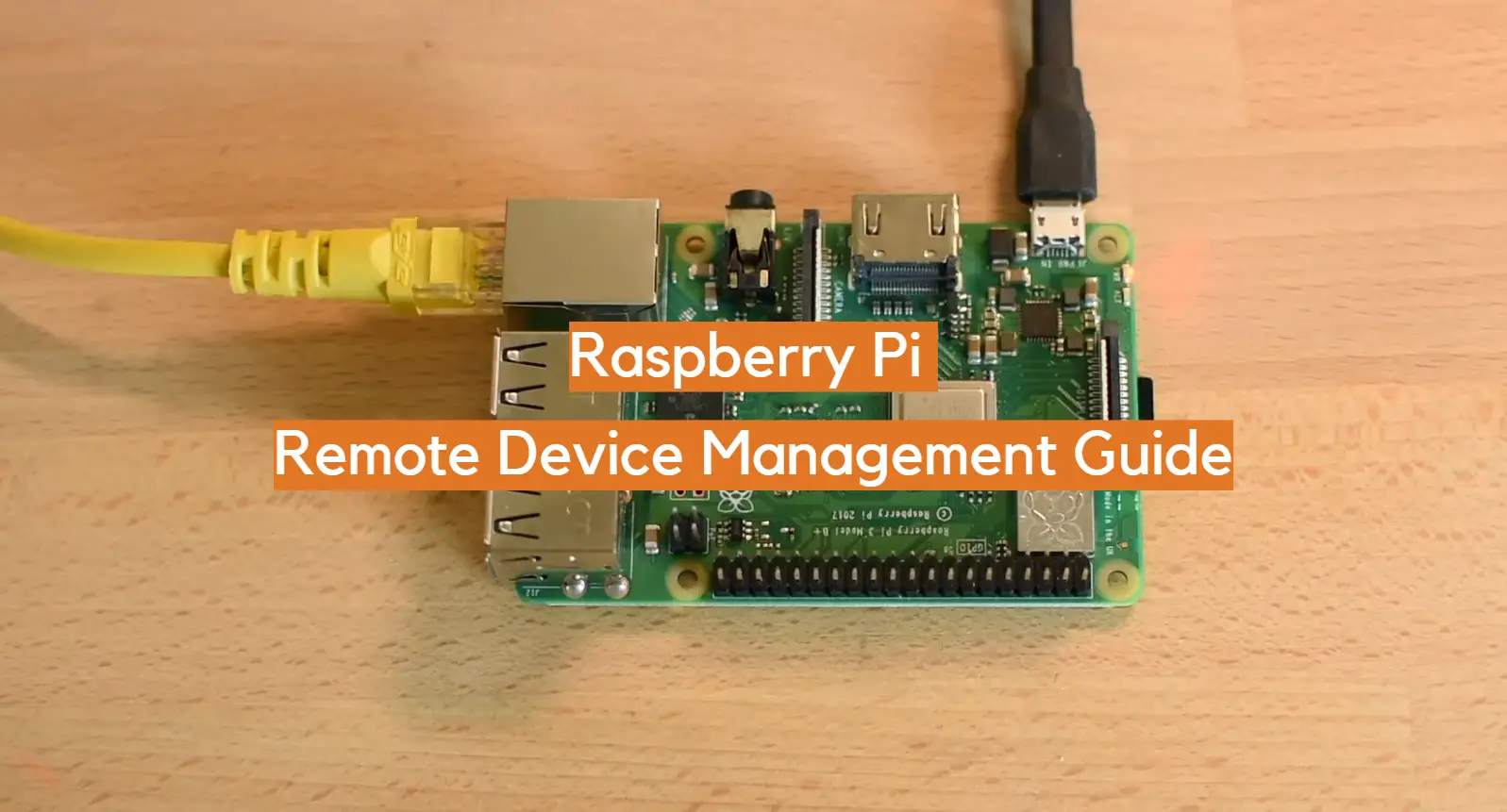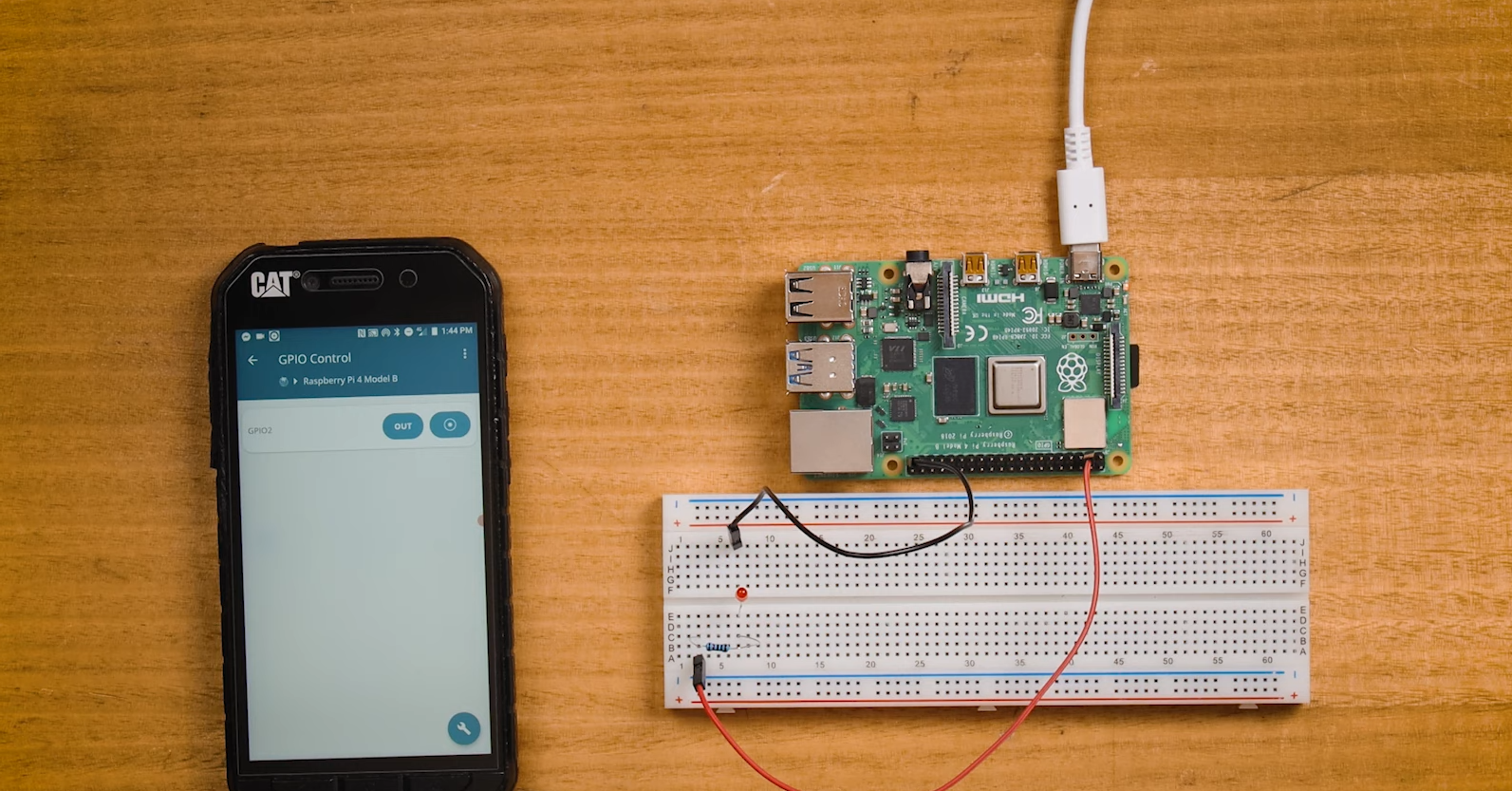Listen up, tech enthusiasts! If you're into tinkering with gadgets or managing devices remotely, you're about to uncover a game-changer. Raspberry Pi remote device management software free is the holy grail for hobbyists and professionals alike. Imagine having the power to control your Raspberry Pi projects from anywhere in the world without breaking the bank. Sounds legit, right? Stick around because we're diving deep into the nitty-gritty of this amazing tech solution.
Now, before we get into the juicy details, let's set the stage. Managing devices remotely isn't just a cool party trick—it's a necessity in today's fast-paced tech world. Whether you're running a smart home setup, monitoring sensors, or even controlling robots, having a solid remote management tool is essential. And guess what? You don't need to drop serious cash for it. Raspberry Pi remote device management software free offers a cost-effective way to manage your devices like a pro.
So, why should you care? Because this software empowers you to streamline your projects, save time, and boost productivity—all without the hefty price tag. Plus, it's super versatile, making it perfect for both beginners and advanced users. Ready to learn more? Let's dig in!
Read also:Whats Your Sign Unveiling The Mystical Power Of April 17 Zodiac
Table of Contents
- Introduction to Raspberry Pi Remote Device Management
- Why Choose Free Management Software?
- Top Raspberry Pi Remote Device Management Software
- Installation Guide for Beginners
- Key Features to Look For
- Security Concerns and Best Practices
- Real-World Use Cases
- Comparison of Popular Software
- Troubleshooting Common Issues
- The Future of Remote Management
- Conclusion and Next Steps
Introduction to Raspberry Pi Remote Device Management
Raspberry Pi has become the darling of the tech community for its versatility and affordability. But managing these tiny powerhouses can sometimes feel overwhelming, especially when you're juggling multiple projects. Enter Raspberry Pi remote device management software free—a lifesaver that lets you control your devices from afar without spending a dime.
This software bridges the gap between your projects and accessibility. Whether you're tweaking settings on your smart home system or debugging code on a remote server, this tool makes it a breeze. Plus, it's beginner-friendly, meaning you don't need a Ph.D. in computer science to get started.
What Makes Remote Management Essential?
Remote management isn't just about convenience; it's about efficiency. By using Raspberry Pi remote device management software free, you can:
- Access your devices from anywhere with an internet connection.
- Streamline updates and maintenance tasks.
- Reduce downtime by quickly addressing issues.
- Collaborate with team members in real-time.
Why Choose Free Management Software?
Here's the deal: free doesn't mean low quality. Many Raspberry Pi remote device management software options pack a punch without charging a cent. These tools are developed by passionate communities and professionals who want to democratize access to technology. Plus, they often come with active support forums where you can find answers to your burning questions.
But wait, there's more! Free software allows you to experiment without committing to a pricey subscription. You can test features, tweak settings, and decide what works best for your projects—all without worrying about budget constraints. It's like having a playground for innovation at your fingertips.
Top Raspberry Pi Remote Device Management Software
Now that you're convinced, let's explore some of the best Raspberry Pi remote device management software free options out there. Each one has its own strengths, so pick the one that aligns with your needs.
Read also:How Many Marvel Movies Are There The Ultimate Guide To Exploring The Marvel Cinematic Universe
1. SSH (Secure Shell)
SSH is the OG of remote management tools. It's simple, secure, and works like a charm. With SSH, you can log into your Raspberry Pi remotely and run commands as if you were sitting right in front of it. Plus, it's already built into most Linux distributions, so no extra installations needed.
2. VNC Viewer
VNC Viewer lets you access your Raspberry Pi's desktop environment from another device. It's perfect for projects that require a graphical interface. The free version offers plenty of features, and the setup process is relatively straightforward.
3. WebIOPi
WebIOPi is a web-based solution that allows you to control your Raspberry Pi's GPIO pins through a browser. It's ideal for IoT projects and doesn't require any special software on the client side. Just open your browser, and you're good to go.
Installation Guide for Beginners
Installing Raspberry Pi remote device management software free might sound intimidating, but trust me, it's easier than you think. Let's walk through the steps for setting up SSH as an example.
- Enable SSH on your Raspberry Pi by navigating to the Raspberry Pi Configuration menu.
- Find your Raspberry Pi's IP address by typing
ifconfigin the terminal. - Download an SSH client like PuTTY (for Windows) or use the built-in terminal (for macOS and Linux).
- Enter your Raspberry Pi's IP address and hit connect.
- Voilà! You're now connected to your Raspberry Pi remotely.
Key Features to Look For
Not all Raspberry Pi remote device management software free options are created equal. Here are some must-have features to consider:
- Security: Ensure the software uses encryption to protect your data.
- Ease of Use: Look for intuitive interfaces that won't leave you scratching your head.
- Customization: The ability to tailor settings to fit your specific needs is a huge plus.
- Compatibility: Make sure the software works seamlessly with your existing setup.
Security Concerns and Best Practices
Security should always be top of mind when managing devices remotely. Here are some tips to keep your Raspberry Pi safe:
- Use strong, unique passwords for your SSH and VNC connections.
- Enable two-factor authentication whenever possible.
- Regularly update your software to patch vulnerabilities.
- Limit access to trusted IP addresses only.
Real-World Use Cases
Raspberry Pi remote device management software free isn't just theoretical; it's being used in real-world applications. Here are a few examples:
Smart Home Automation
Control your lights, thermostats, and security systems from anywhere using your Raspberry Pi. It's like having a personal assistant for your home.
Environmental Monitoring
Set up sensors to monitor temperature, humidity, and air quality. With remote management, you can check readings and make adjustments without visiting the site.
Robotics
Program and control robots remotely, perfect for educational purposes or competitive robotics challenges.
Comparison of Popular Software
Choosing the right software can feel overwhelming, so here's a quick comparison to help you decide:
| Software | Pros | Cons |
|---|---|---|
| SSH | Simple and secure | Lacks graphical interface |
| VNC Viewer | Full desktop access | Can be slow over poor connections |
| WebIOPi | Web-based, no client needed | Limited functionality |
Troubleshooting Common Issues
Even the best tools can have hiccups. Here's how to tackle some common problems:
- Can't Connect: Double-check your IP address and ensure SSH or VNC is enabled.
- Slow Performance: Optimize your network settings or switch to a wired connection.
- Authentication Errors: Verify your username and password, and ensure two-factor authentication is configured correctly.
The Future of Remote Management
As technology evolves, so does the landscape of remote device management. We're seeing advancements in AI-driven automation, cloud integration, and enhanced security protocols. These innovations will make Raspberry Pi remote device management software free even more powerful and accessible in the future.
Conclusion and Next Steps
Wrapping it up, Raspberry Pi remote device management software free is a game-changer for anyone looking to enhance their tech capabilities. From simplifying project management to boosting security, these tools offer endless possibilities. So, what are you waiting for? Dive in, experiment, and let your creativity soar.
Before you go, here's a quick call to action: leave a comment sharing your favorite Raspberry Pi project or ask any questions you might have. And don't forget to check out our other articles for more tech tips and tricks. Happy tinkering!


